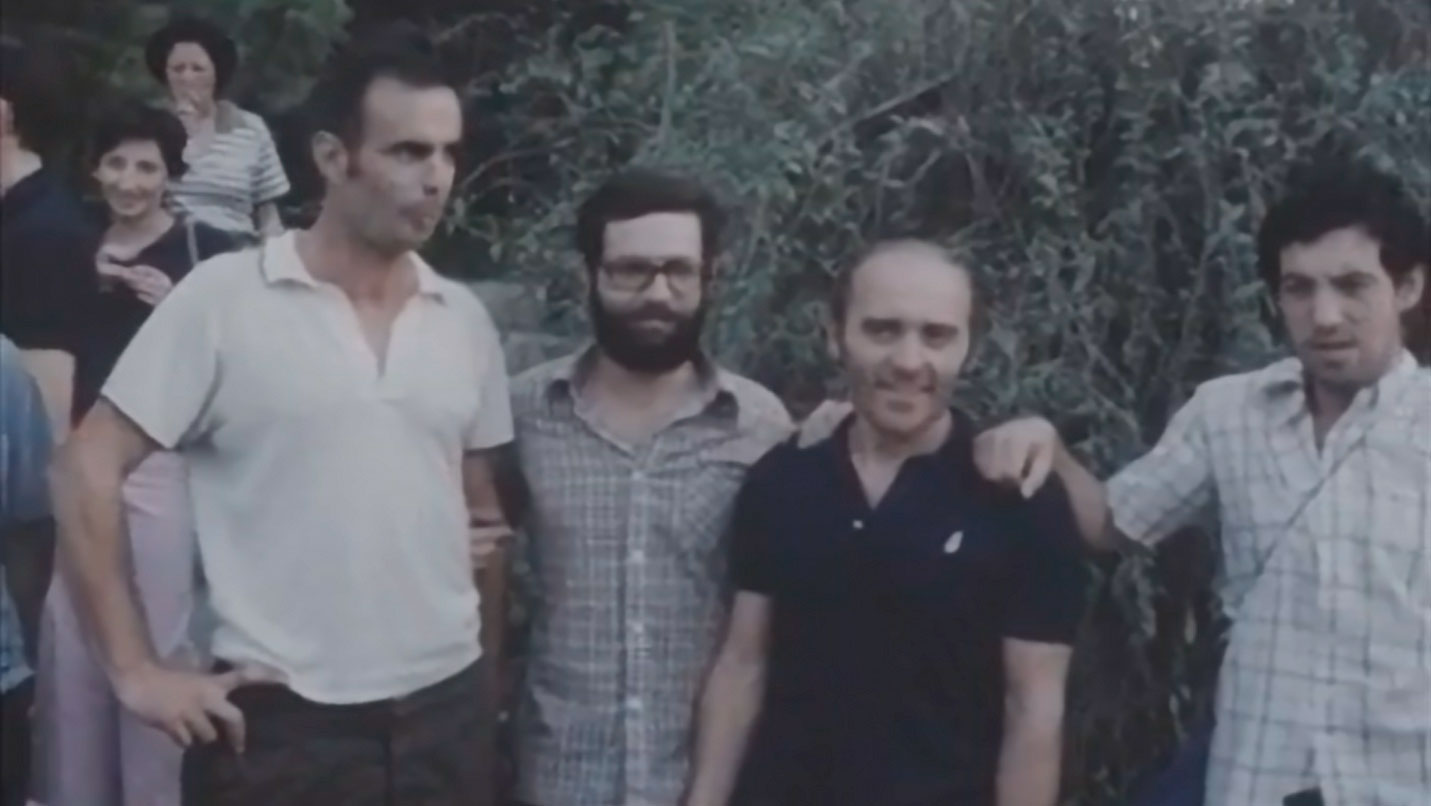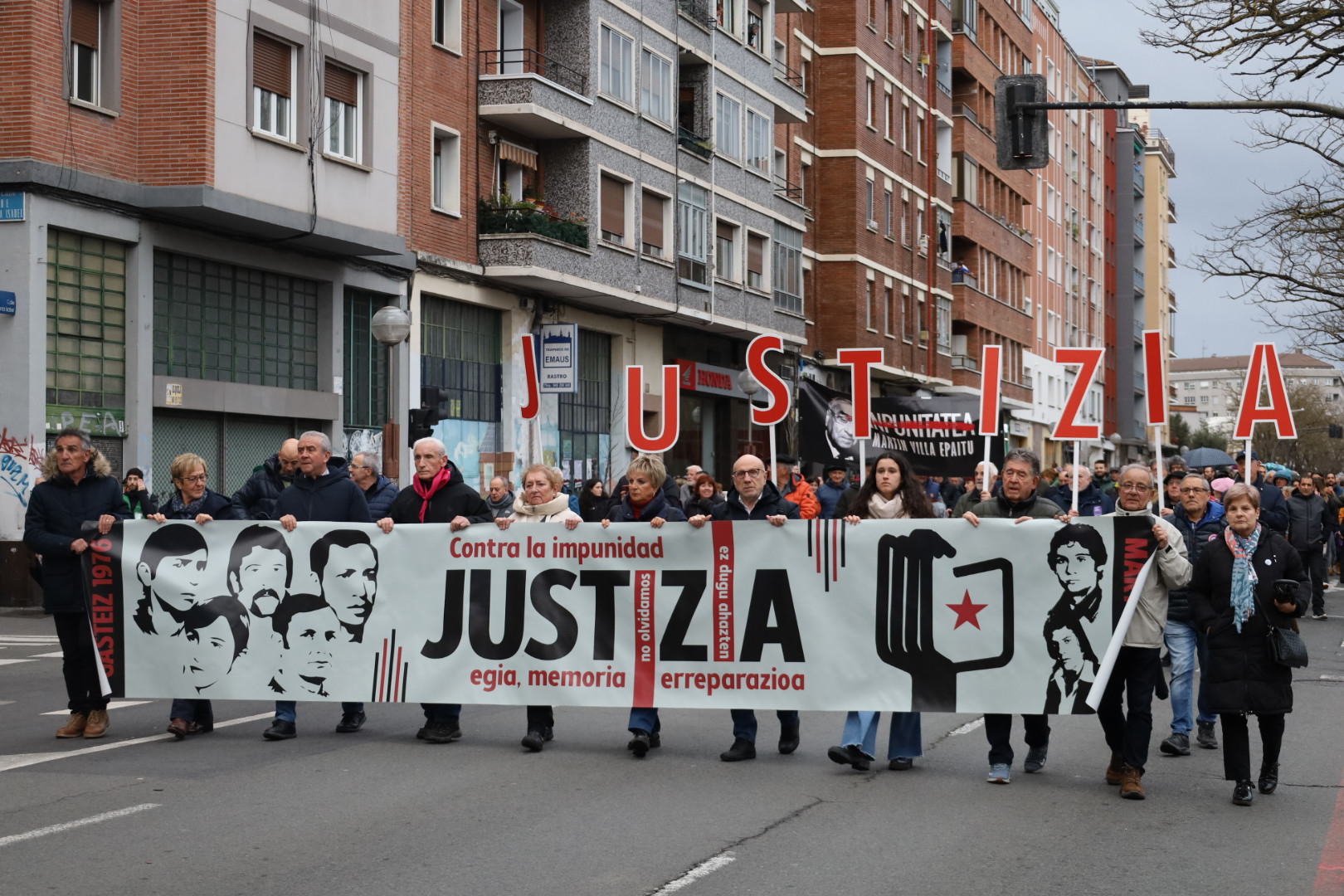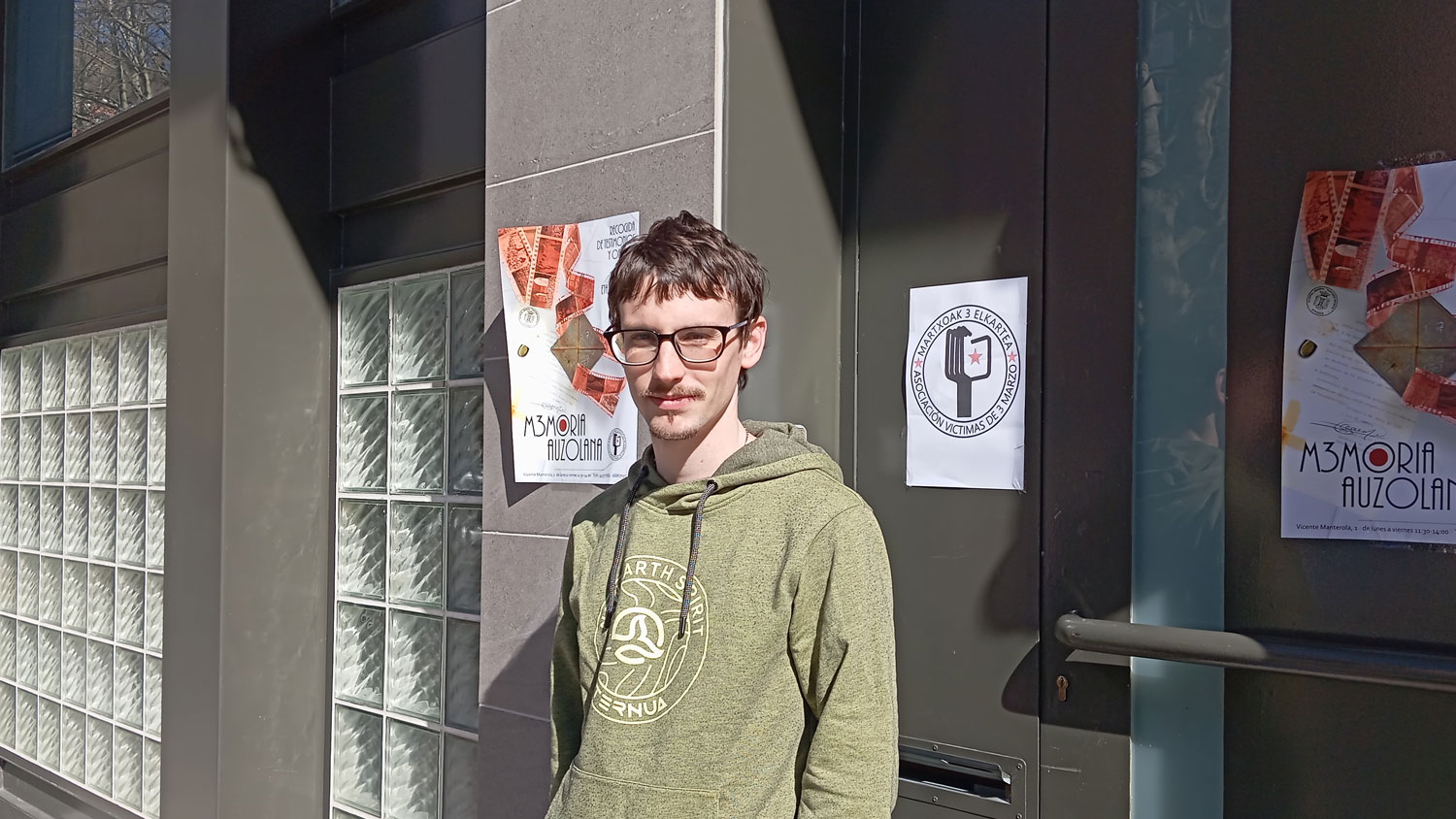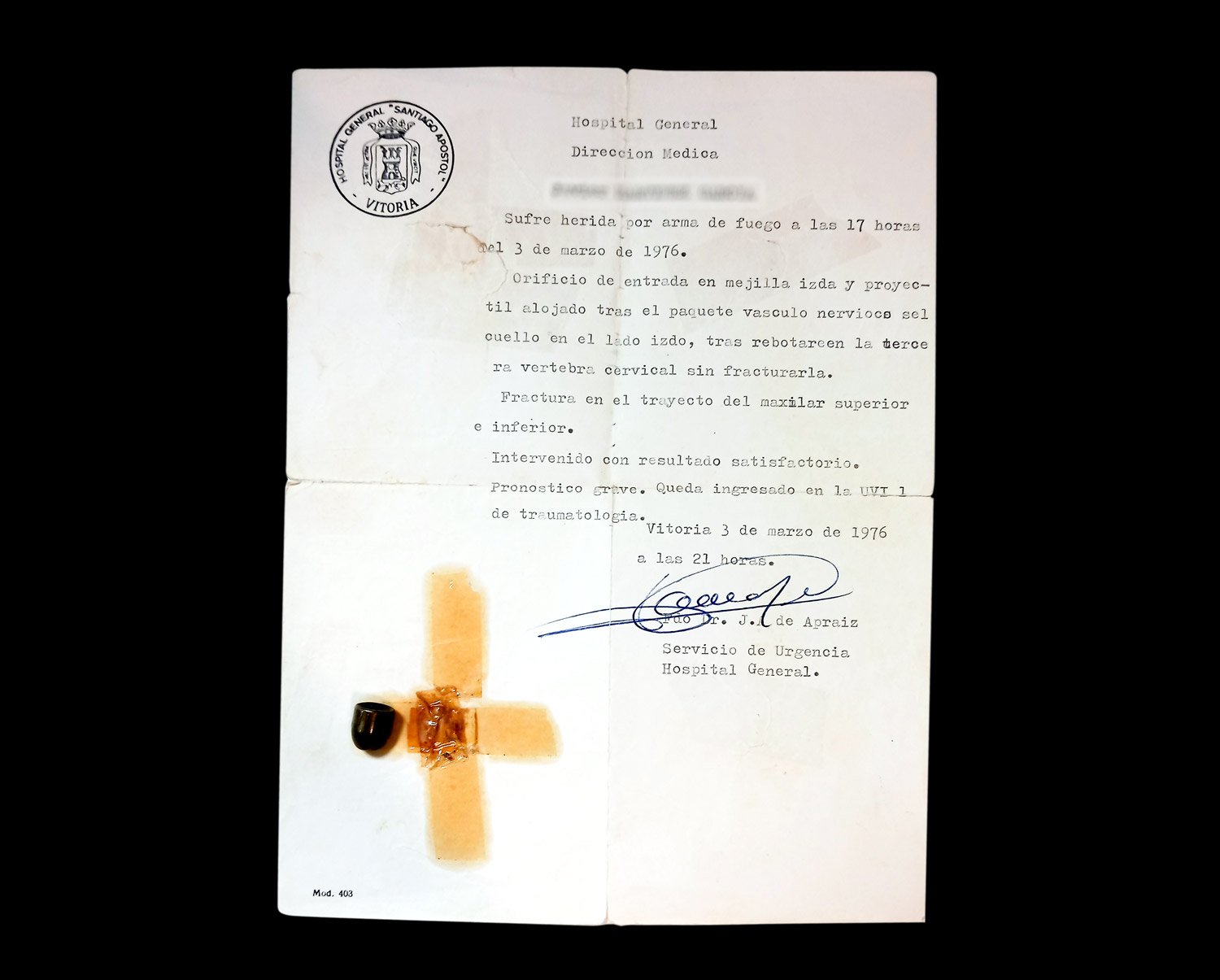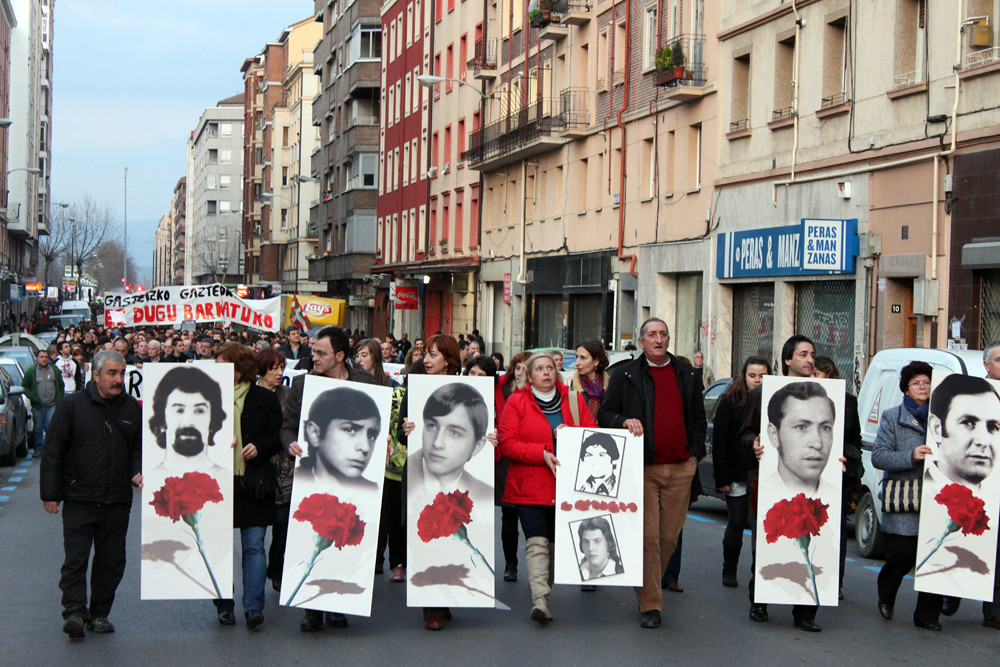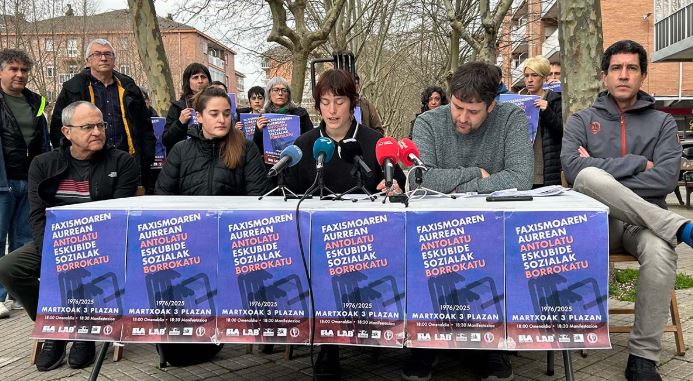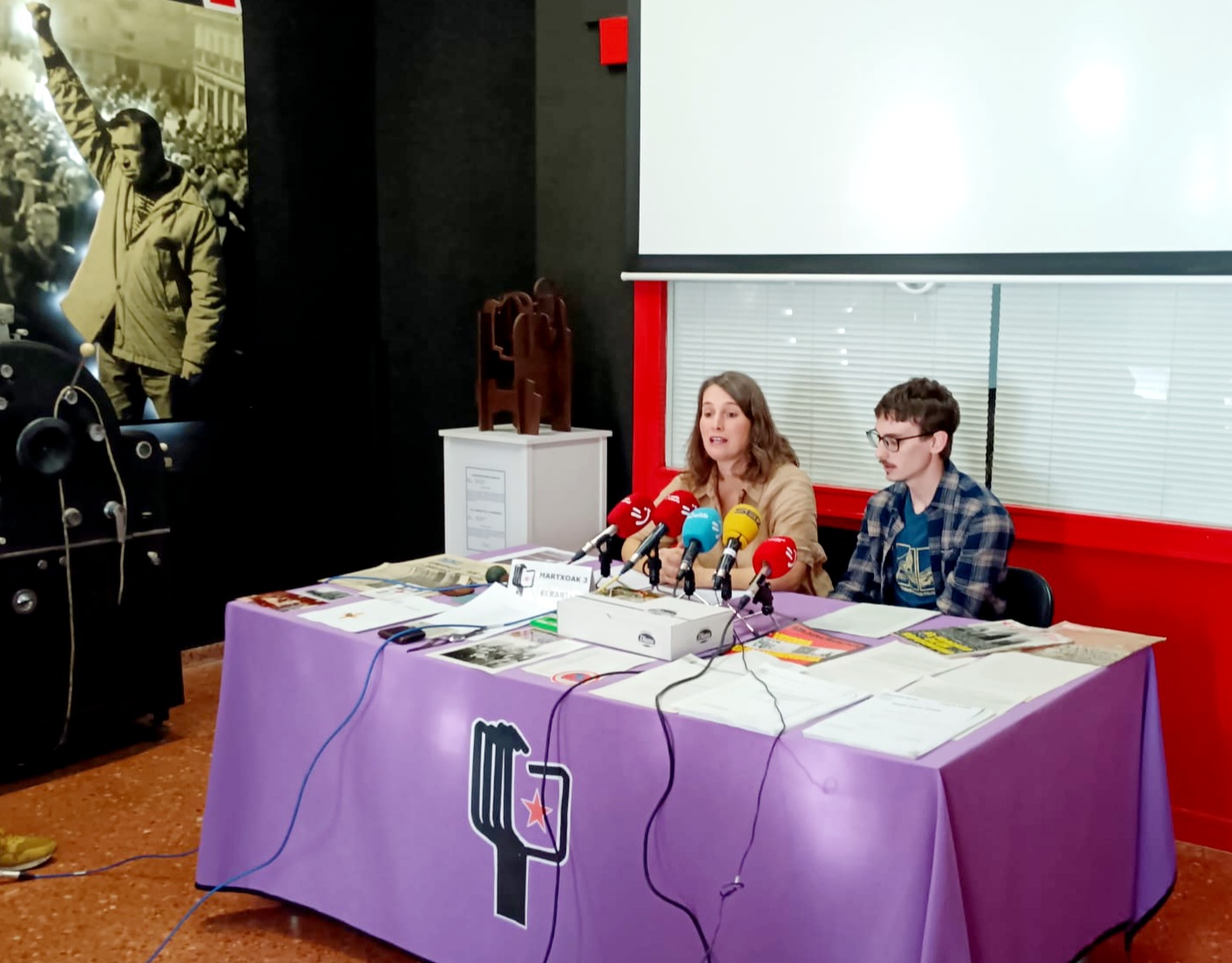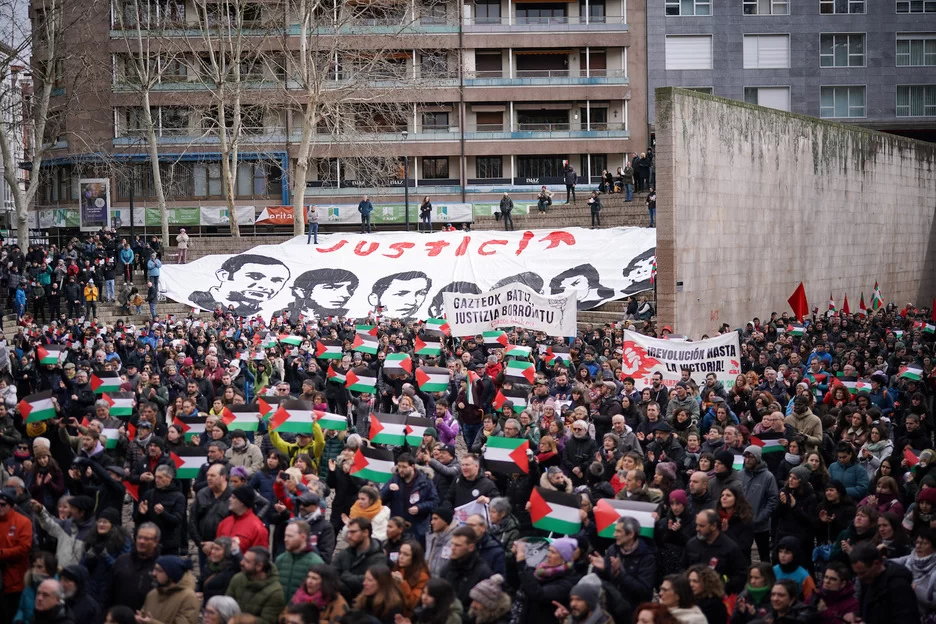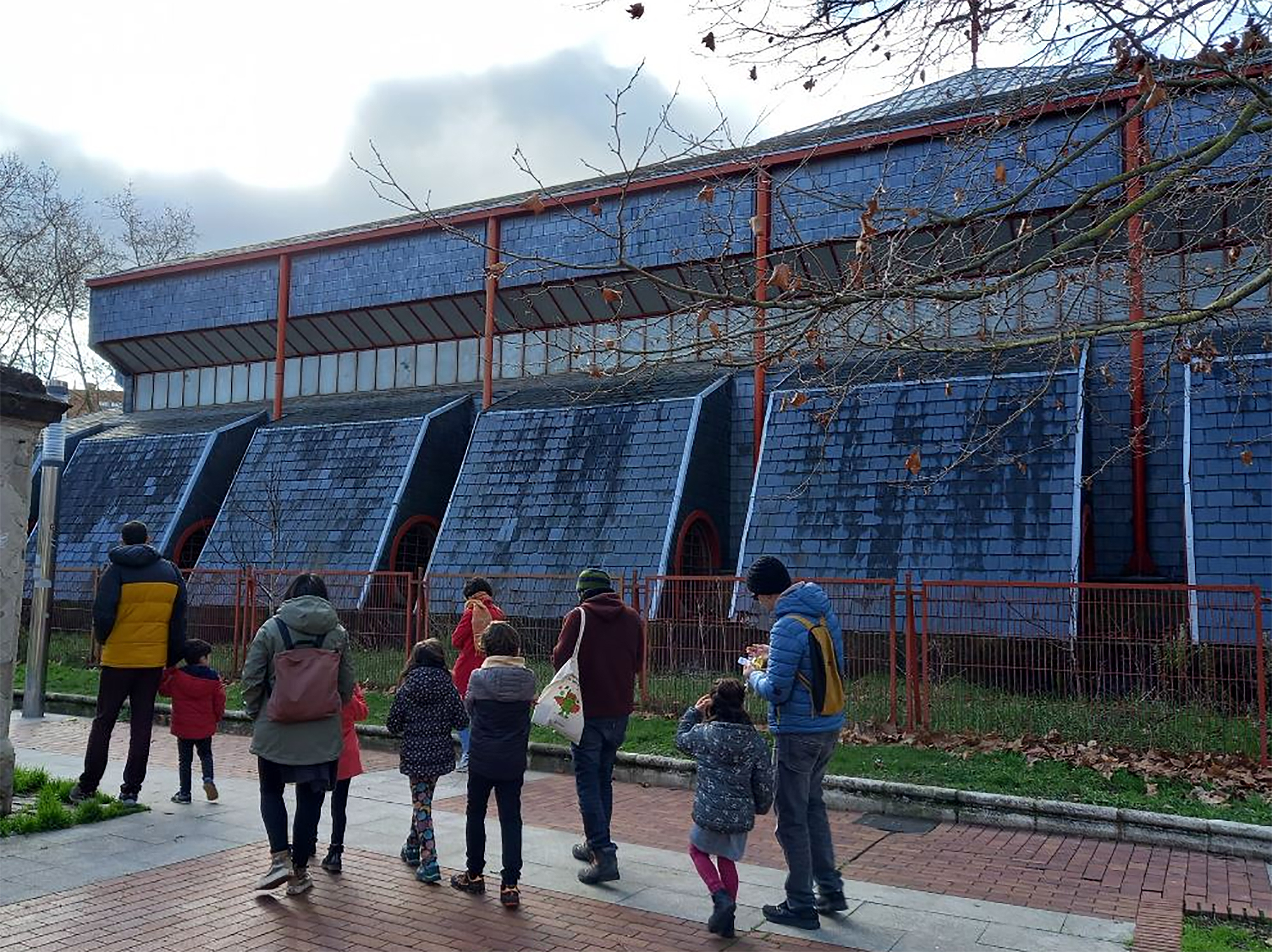The Church of San Francisco becomes a space for "Memory and Human Rights"
- The workshops have been organized by the associations Memoria Gara and March 3, with the objective of concretizing “from the bottom up” the memory project for the church of San Francisco de Vitoria-Gasteiz. As a possible model, they will analyze the spaces of other countries of the world.

The citizens’ initiative Memoria Gara was born with the objective of turning the church of San Francisco de Assisi into a “space for memory and human rights”. It has been spreading and driving the project for over a year. In January, Memoria Gara and Asociación 3 de Marzo have organised three workshops open to “all interested people”.
3 March: The workshop is called memory (k), space (k) and collective (k). The first of these will take place on 20 March in the M3emoria Space of Association 3 March in the Zaramaga neighborhood. On the 21st the workshop will take place in the occupied district of Errekaleor and on the 23rd at the premises of the Gasteiz Txiki Neighbourhood Association of the Casco Viejo. The objective is to take steps in the definition of the project.
Argentina, Northern Ireland, Chile, South Africa
These workshops will, inter alia, outline four similar initiatives that have been developed in other countries and will be used as benchmarks for the debate. Espacio Memoria Ex-ESMA was a military school during the dictatorship: “Since 2004 it has been the Space for the Promotion and Defense of Memory and Human Rights. These are military facilities used as clandestine detention, torture and massacre centres during the Argentine civic and military dictatorship (1976-1983).” The Free Derry Museum in Northern Ireland is located in the town of the same name: “It tells a story that has as protagonists the Republican and nationalist working class of Ireland, in the context of the conflict in Northern Ireland.” The Robben Island Museum hosts the island of Cape, South Africa: “It was the prison in which hundreds of political prisoners of the apartheid regime (1948-1994) were held. Today, the entire island and its facilities are a museum.” The Museo de la Memoria y los Derechos Humanos de Chile, finally, “is a space to give visibility to the human rights violations committed by the Chilean State between 1973 and 1990”.
In the context of the Vitoria-Gasteiz strike movement of 1976, on the general strike day of 3 March, the police attacked thousands of vitorians concentrated in the church. Hundreds of people were injured, five of them fatal, resulting in injuries. The Church has become a symbol of the struggles of then, but also of the impunity of those responsible for the massacre.

Hiru bideo dira (albiste barruan ikusgai). Batak jasotzen du, grebak antolatzea leporatuta, Carabanchelen espetxeratu zituzten Jesús Fernandez Naves, Imanol Olabarria eta Juanjo San Sebastián langileak espetxetik atera ziren unea, 1976ko abuztuan. Beste biak Martxoak... [+]
49 urte eta gero Espainiako Poliziak Gasteizko Maria Sortzez Garbiaren katedralean eraildako bost langileak oroitu dituzte beste behin astelehen arratsaldean. Milaka pertsona batu dira Zaramagatik abiatutako eta katedralean amaitutako manifestazioan. Manifestari guztiek ez dute... [+]
Martxoak 3ko sarraskiaren 49. urteurrena beteko da astelehenean. Grebetan eta asanblada irekietan oinarritutako hilabetetako borroka gero eta eraginkorragoa zenez, odoletan itotzea erabaki zuten garaiko botereek, Trantsizioaren hastapenetan. Martxoak 3 elkartea orduan... [+]
1976ko martxoaren 3an, Gasteizen, Poliziak ehunka tiro egin zituen asanbladan bildutako jendetzaren aurka, zabalduz eta erradikalizatuz zihoan greba mugimendua odoletan ito nahian. Bost langile hil zituzten, baina “egun hartan hildakoak gehiago ez izatea ia miraria... [+]
Martxoaren 3ko Memoriala hornitzeko erabiliko dira bildutako objektuak. Ekimena ahalik eta jende gehienarengana iristeko asmoz, jardunaldiak antolatuko ditu Martxoak 3 elkarteak Gasteizko auzoetan.








